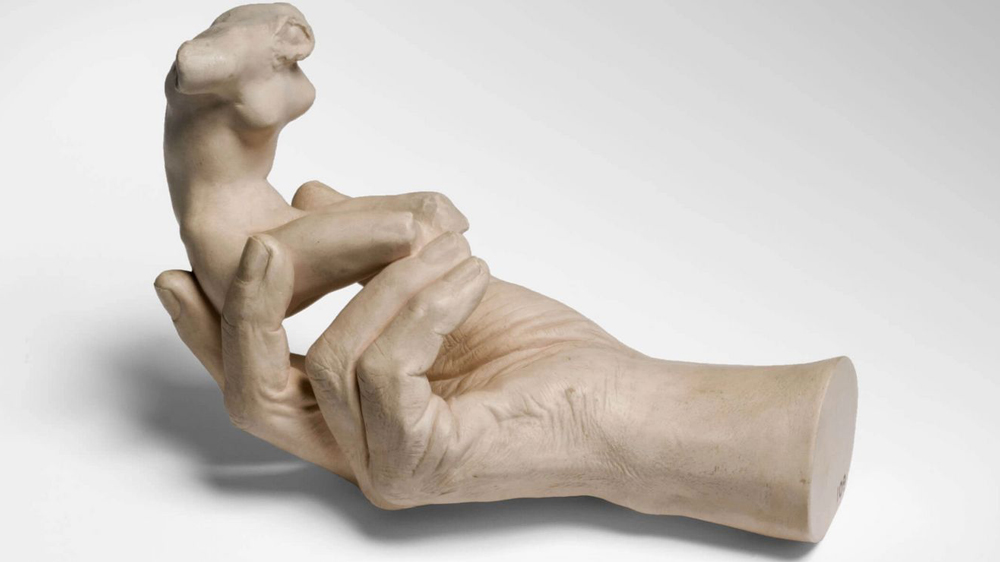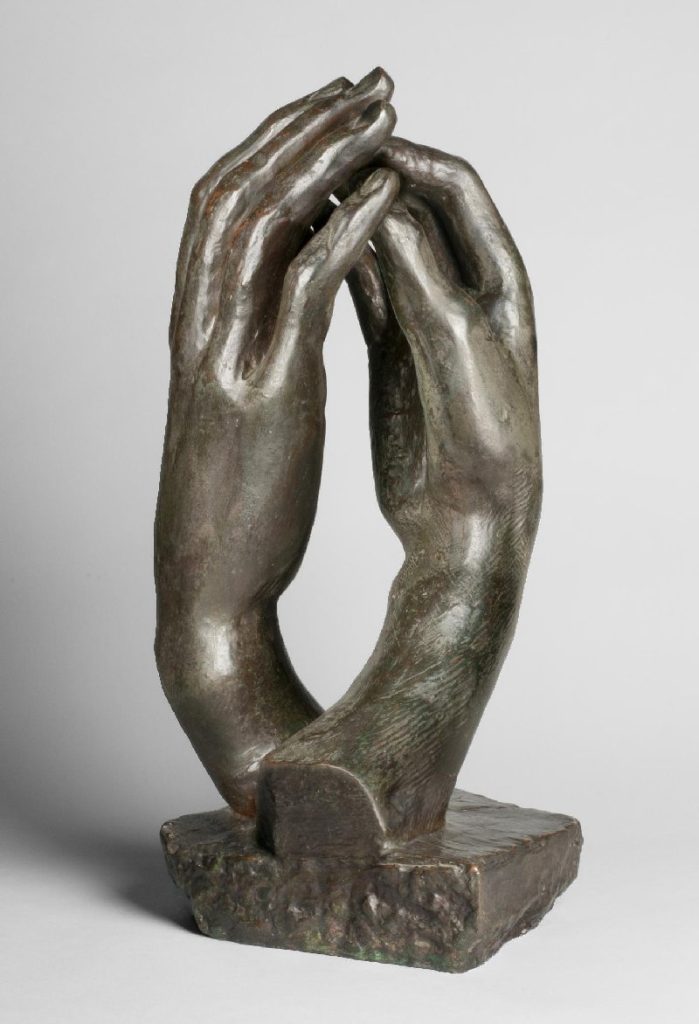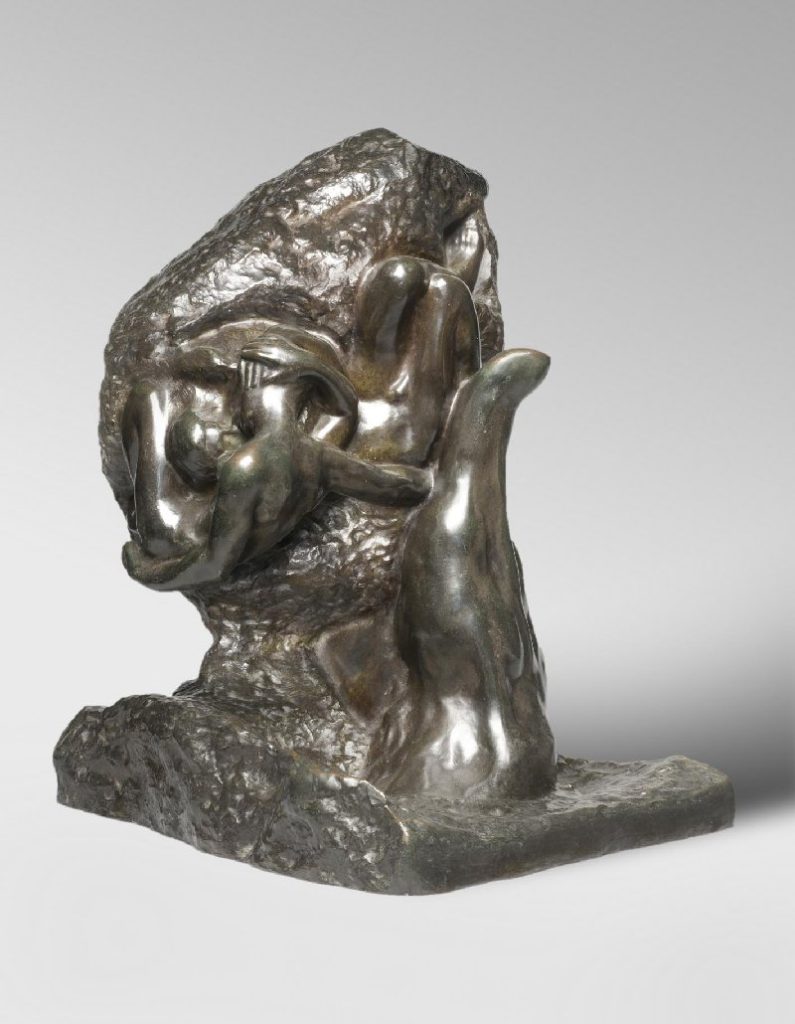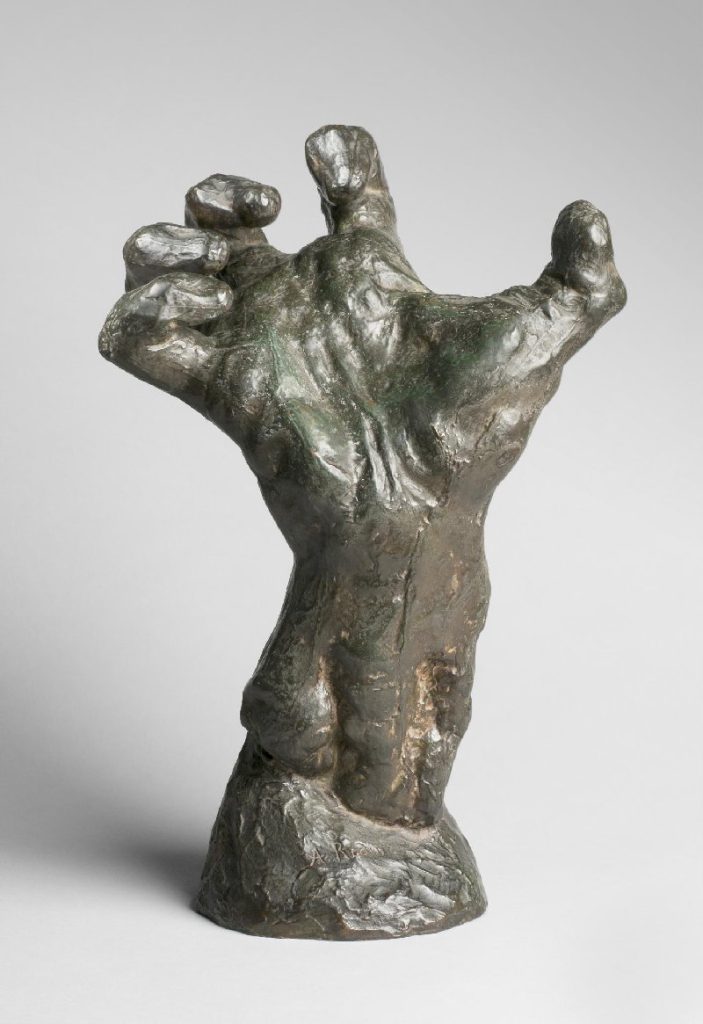Introduction

Auguste Rodin became a superstar in the sculpture industry due to his profound understanding of human body structure, and his hand sculptures showcase his unique insight into the beauty of art. This article will delve into the background, creative process, and artistic significance behind Rodin hands sculpture.
The Artistic Value of Hand Sculpture
Body expression: Rodin is committed to capturing the natural beauty of the human body, and as a part of the body, the shape and dynamics of the hand have rich expressive power in art. By sculpting the hands, Rodin has expanded the thematic field of sculpture, allowing viewers to experience the beauty of the human body more deeply.
Creative background and inspiration

Body language: Rodin believes that the body is the most natural and direct medium for expressing emotions, and the hand, as a part of body language, has become one of the focuses of his creations. His hand sculptures present a unique emotion and power, allowing viewers to feel the artist’s profound insight into human nature.
Rodin’s series of hand sculptures
Shake Hands “: In this series of works, Rodin portrays complex and subtle emotional bonds between humans through the sculpture of a handshake. These works not only express the themes of friendship and cooperation, but also reflect the complexity and depth of interpersonal relationships.
The Hand of the Thinker: In Rodin’s iconic work The Thinker, the hand movements of the statue are exquisitely crafted, presenting a state of contemplation and contemplation. Hand movements are not only an expression of a character’s personality, but also a symbol of the process of thinking and creation.
The Artistic Expression of Hand Sculpture

The pursuit of naturalism: Rodin has always adhered to the creative concept of naturalism. His hand sculptures, with their realistic expressive power, capture the subtle undulations of hand muscles, the texture of skin, and other details, making them seem as if they are ready to move at any time.
Emotional expression: Every hand sculpture contains profound emotions. From clenched fists to gentle touches, Rodin conveys rich emotions such as love, thought, and power through different expressions in his hands, allowing viewers to resonate and delve into the emotional experiences within humanity.
The Literary Significance of Hand Sculpture
The Intersection of Literature and Sculpture: Rodin’s hand sculptures not only praise the beauty of the human body, but also sculpt literary emotions. He incorporated emotions and ideas from literary works into art through hand sculpture, creating a cross-border artistic expression.
The story in hand sculpture: Each pair of handshakes and each set of hand movements seem to tell a unique story. The emotions and movements contained in these hand sculptures make the viewer feel as if they can sense the storyline, giving the sculpture a deeper literary connotation.

Influence and Aesthetic Value
Aesthetic Pursuit of Sculpture: Rodin’s hand sculptures demonstrate his high pursuit of artistic beauty. By accurately depicting the details of the hand, he injected vitality into the sculpture, immersing the viewer in an artistic aesthetic realm during appreciation.
The impact on later art: Rodin’s hand sculpture became an inspiration for later artists to explore human expression. This in-depth exploration of the hand has brought new thinking and creative directions to the field of sculpture, becoming a milestone in the development of sculpture art.
Epilogue

Rodin’s hand sculpture is a profound exploration of the beauty of art, as well as a sculptural expression of literary emotions. These works showcase a hand dance to the viewer through the exquisite portrayal of the form and dynamics of the hand, perfectly interpreting the beauty of the human body in art. The charm of Rodin’s hand sculpture lies not only in its superb artistic expression, but also in its profound emotional and literary significance.

